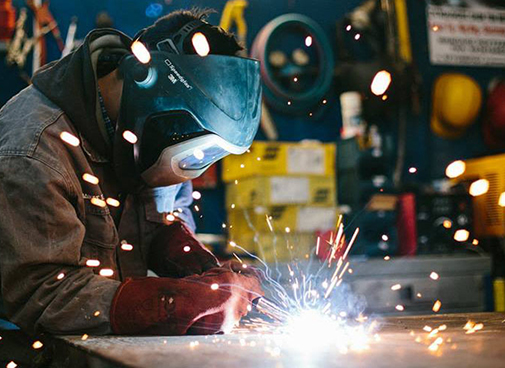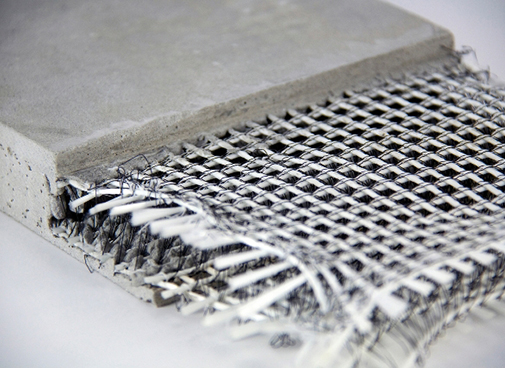
This course introduces students in Welding Metallurgy, technology and control of weldments.
The taxonomy of different welding methods/techniques is initially introduced to the students. The lectures include arc welding techniques (e.g. TIG, MIG, etc.), beam welding (laser, electron beam) and solid state welding methods/techniques (e.g. friction stir, ultrasonic, diffusion). The importance of the protective atmosphere, the available protection means (gasses, powders, slags etc.) is underlined. Furthermore, the students deepen in the metallurgical phenomena related to the welding thermal cycle, the welding zones, the microstructure evolution, phase transformations and the residual stresses.
In the final stage, non-destructive methods for weldment control are reviewed combined always with the appropriate measures for health and safety of welders and welding staff.
- Basic principles of welding Metallurgy.
- Welding thermal cycle, welding zones, phase transformations, microstructure evolution and residual stresses.
- Arc welding techniques (e.g. TIG, MIG, etc.), beam welding (laser, electron beam) and solid state welding methods/techniques (e.g. friction stir, ultrasonic, diffusion).
- Protective atmosphere, available protection means (gasses, powders, slags etc.)
- Current and voltage, main equipment & techniques
- Main welding defects and non-destructive testing techniques, weldment control
- Health safety



